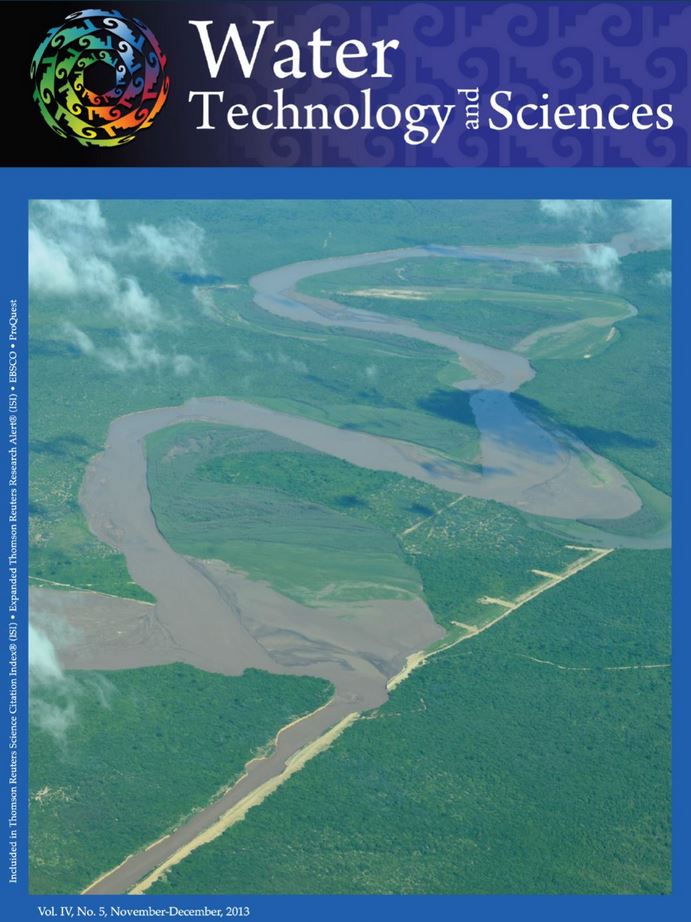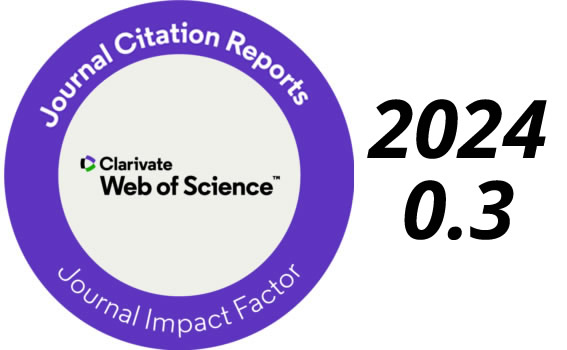How to find a socially desirable water allocation between agricultural and environmental use?
Keywords:
applied general equilibrium, environmental good, fiscal policy, sustainability, water priceAbstract
This paper presents the results from an analysis of the feasibility of applying a fiscal policy to obtain an efficient allocation of water from the Lerma-Chapala Basin. To perform this analysis, a hydro-economic computable general equilibrium model was built. It was observed that the Pareto optimality could be maintained when the price of agricultural commodities increased, thereby decreasing water demand, as long as water was transferred from Chapala Lake. The result is a decrease in the water demand, which will produce an environmental benefit that, though it has no market value, is useful to the inhabitants in the basin. Therefore, a fiscal policy that taxes agricultural production can produce incentives that would increase environmental services in Chapala Lake while avoiding the cost of negotiating among agents in the basin.Downloads
Published
2013-11-30
How to Cite
Bravo-Pérez, H. M., Castro-Ramírez, J. C., & Gutiérrez-Andrade, M. Ángel. (2013). How to find a socially desirable water allocation between agricultural and environmental use?. Tecnología Y Ciencias Del Agua, 4(5), 55–70. Retrieved from https://www.revistatyca.org.mx/index.php/tyca/article/view/390
Issue
Section
Articles
License
By Instituto Mexicano de Tecnología del Agua is distributed under a Creative Commons Attribution-NonCommercial-ShareAlike 4.0 International License. Based on a work at https://www.revistatyca.org.mx/. Permissions beyond what is covered by this license can be found in Editorial Policy.









